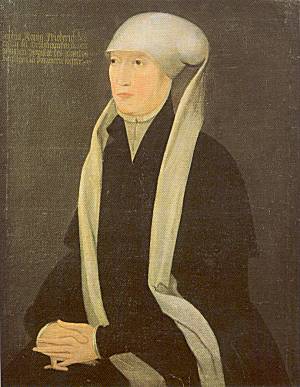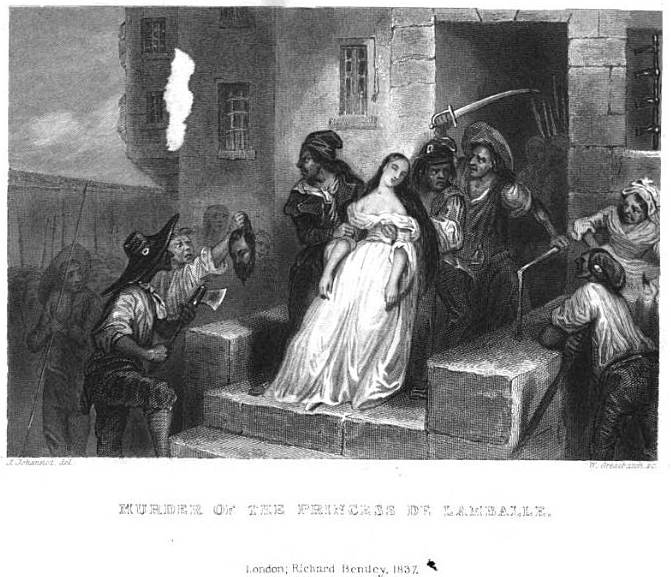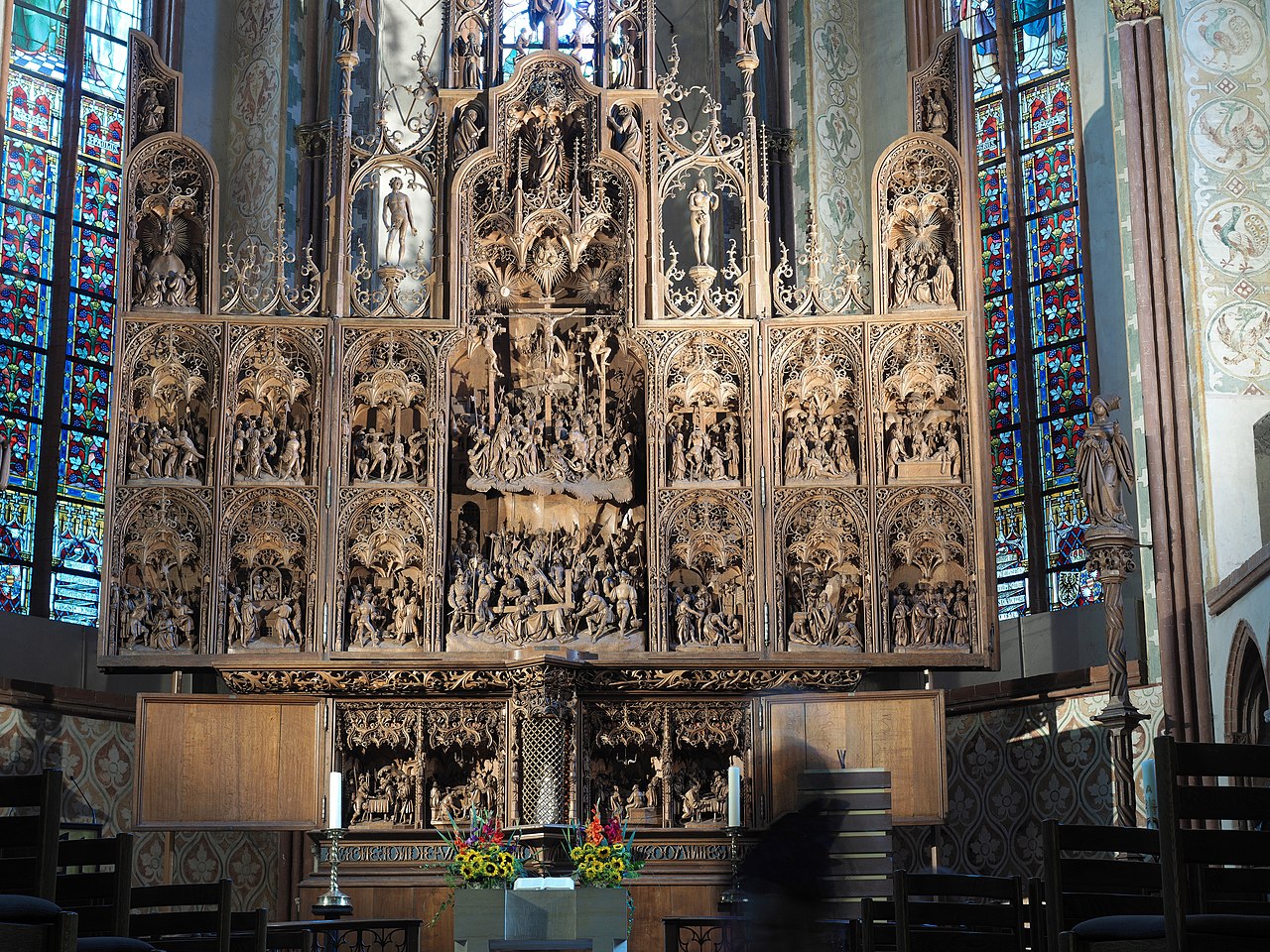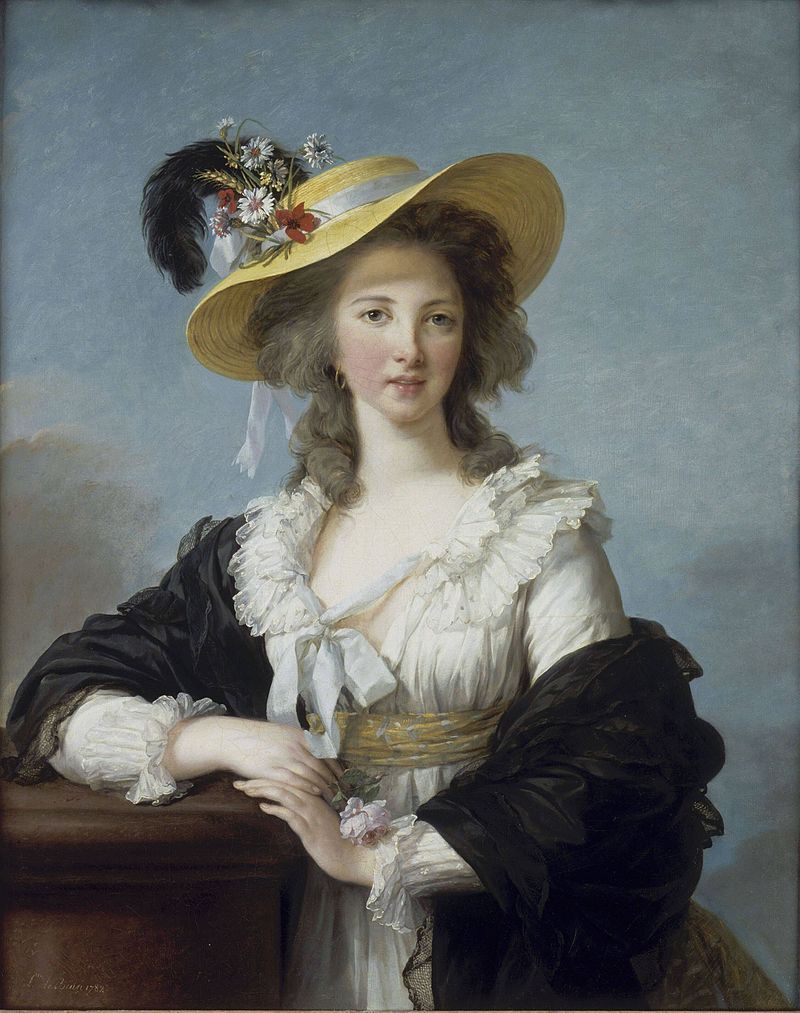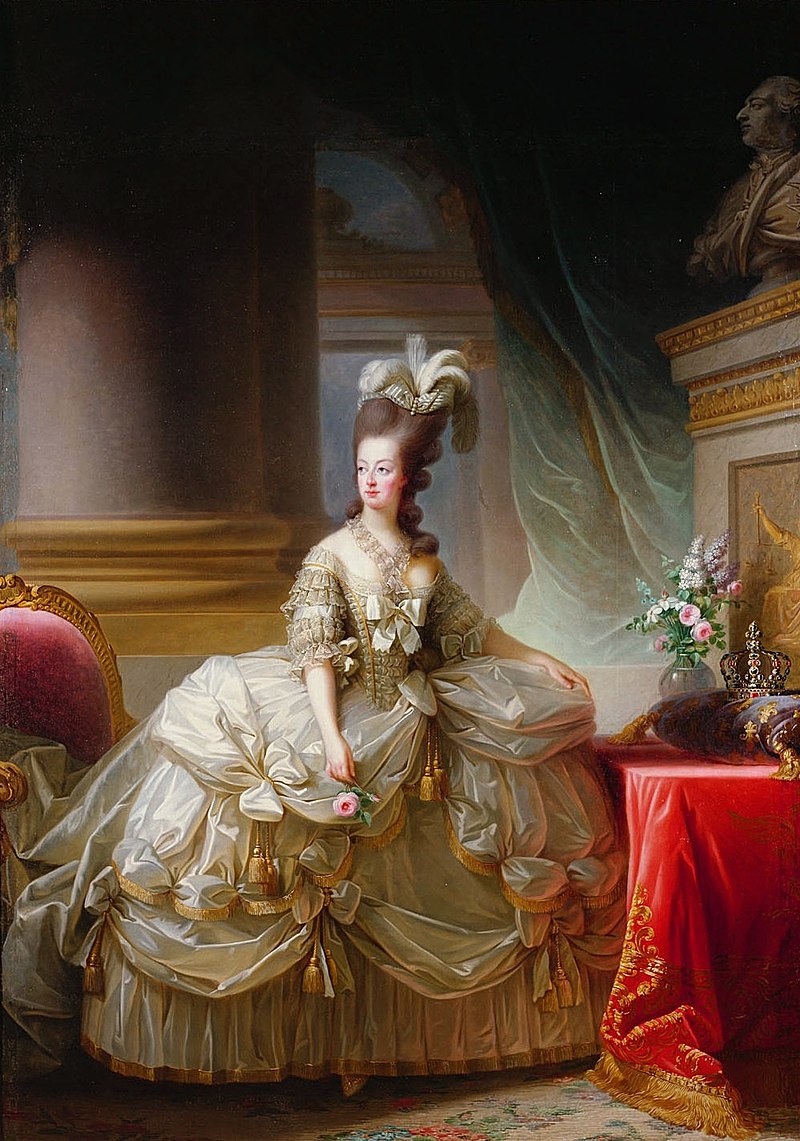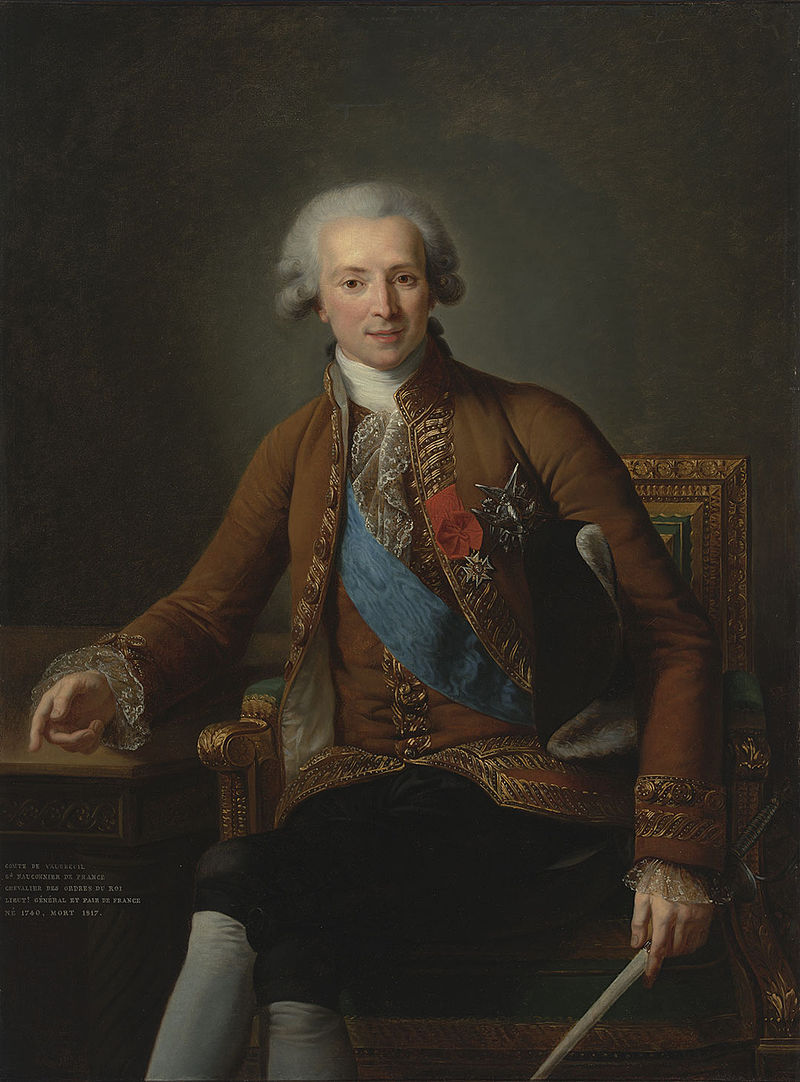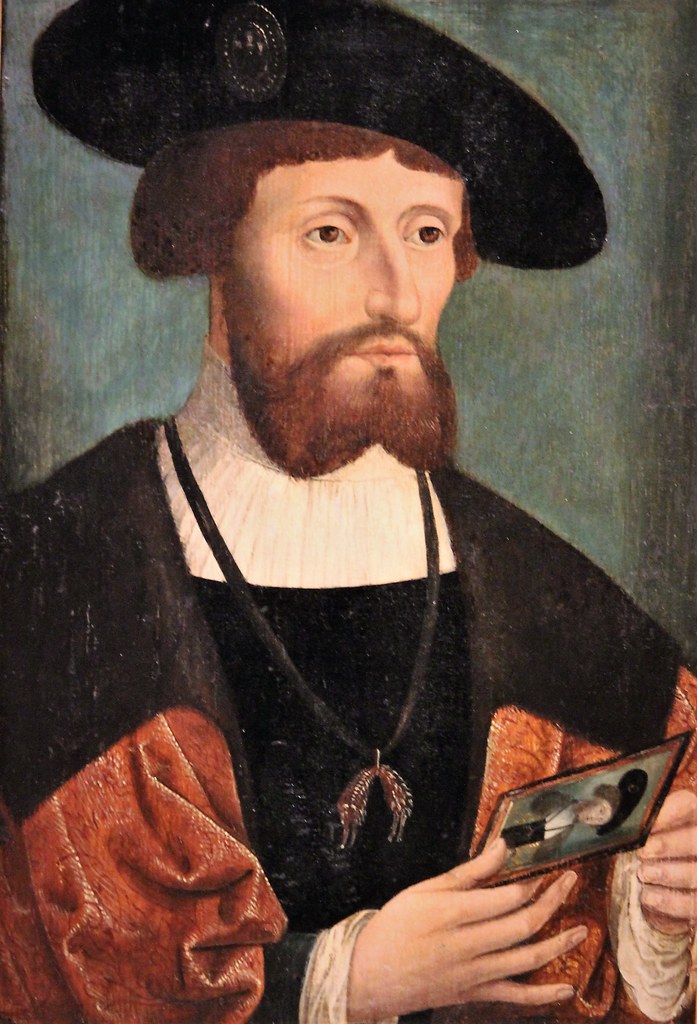by Susan Flantzer
© Unofficial Royalty 2021

Credit – Wikipedia
Favorite: a person treated with special or undue favor by a king, queen, or another royal person
Patronymics
- In Russian, a patronymic is the second name derived from the father’s first name: the suffix -vich means “son of” and the suffixes -eva, -evna, -ova, and -ovna mean “daughter of”.
Anna Alexandrovna Taneyeva was born on July 16, 1884, in Oranienbaum, Russia, near St. Petersburg, the second of the four children and the second of the three daughters of Alexander Sergeevich Taneyev (1850 – 1918) and Nadezhda Illarionovna Tolstoyeva (1860 – 1937). Her father was a composer who had success in Russia and also was a high-ranking state official, serving for 22 years as the director of His Imperial Majesty’s Own Chancellery, the personal office of the Emperor of All Russia. Her mother was the daughter of Lieutenant-General Illarion Nikolaevich Tolstoy and a descendant of military leaders Prince Mikhail Illarionovich Golenishchev-Kutuzov and General of the Infantry Nikolai Matveevich Tolstoy.

Anna and her sister Alexandra in front of the Catherine Palace at Tsarskoye Selo in 1908; Credit – Wikipedia
Anna Alexandrovna had two younger siblings:
- Sergei Alexandrovich Taneyev (1887 – 1975)
- Alexandra Alexandrovna Taneyeva (1888 – 1963), married Alexander Erikovich von Pistohlkors, stepson of Grand Duke Paul Alexandrovich of Russia, had three children
Because of her father’s court connections, Anna grew up around the imperial court and was a playmate of Prince Felix Felixovich Yusupov, part of the conspiracy to murder Grigori Yefimovich Rasputin. She spent her childhood years in Moscow and at the family estate of Rozhdestveno near Moscow, nearby Illinskoe, the estate of Grand Duke Sergei Alexandrovich, son of Alexander II, Emperor of All Russia, and Grand Duchess Elizabeth Feodrovna, born Elisabeth of Hesse and by Rhine, an elder sister of Empress Alexandra Feodorovna, wife of Nicholas II, Emperor of All Russia. Anna first met Empress Alexandra, born Alix of Hesse and by Rhine, at a tea party at Illinskoe.
Anna became a maid of honor at the Winter Palace in St. Petersburg in 1903, serving various female members of the Romanov family. In 1905, Anna was summoned to Tsarskoye Selo, the town containing residences of the Imperial Family located 15 miles south of St. Petersburg, to fill in for a lady-in-waiting to Empress Alexandra who became ill. Thus began her longtime relationship with Empress Alexandra. The position of lady-in-waiting was rotating – one month on duty, one month at home. Anna became a close friend of Empress Alexandra, was close to the Imperial Family for many years, accompanied them on many trips, and attended private family events.

Empress Alexandra Feodorovna and Anna Vyrubova (sitting) with Grand Duchess Olga Nikolaevna (standing), circa 1908; Credit – Wikipedia
Shortly after Anna became a lady-in-waiting to Empress Alexandra, Alexandra and her husband Nicholas II, Emperor of All Russia became acquainted with Grigori Yefimovich Rasputin, a Russian mystic and self-proclaimed holy man, and naturally, Anna also became acquainted with him. Rasputin had been introduced to the Imperial Family by Grand Duchess Anastasia Nicholaievna, born Princess Anastasia of Montenegro, the wife of Grand Duke Nicholas Nikolaevich of Russia. In late 1906, Rasputin began acting as a healer for Nicholas and Alexandra’s only son Alexei who suffered from hemophilia.
At Alexandra’s urging, Anna married Alexander Vasilievich Vyrubov, a naval officer who had survived the Russo-Japanese War with what probably was post-traumatic stress disorder. A few days before her marriage, Rasputin warned Anna that the marriage would be an unhappy one. Vyrubov drank and then became violent and was unable and unwilling to consummate the marriage. The couple divorced within a year and a half of their marriage. After her divorce, Rasputin consoled her and this strengthened her religious passion. Anna became convinced that Rasputin had miraculous powers shortly thereafter and became one of Rasputin’s most influential advocates and served as a go-between for Rasputin and Empress Alexandra.
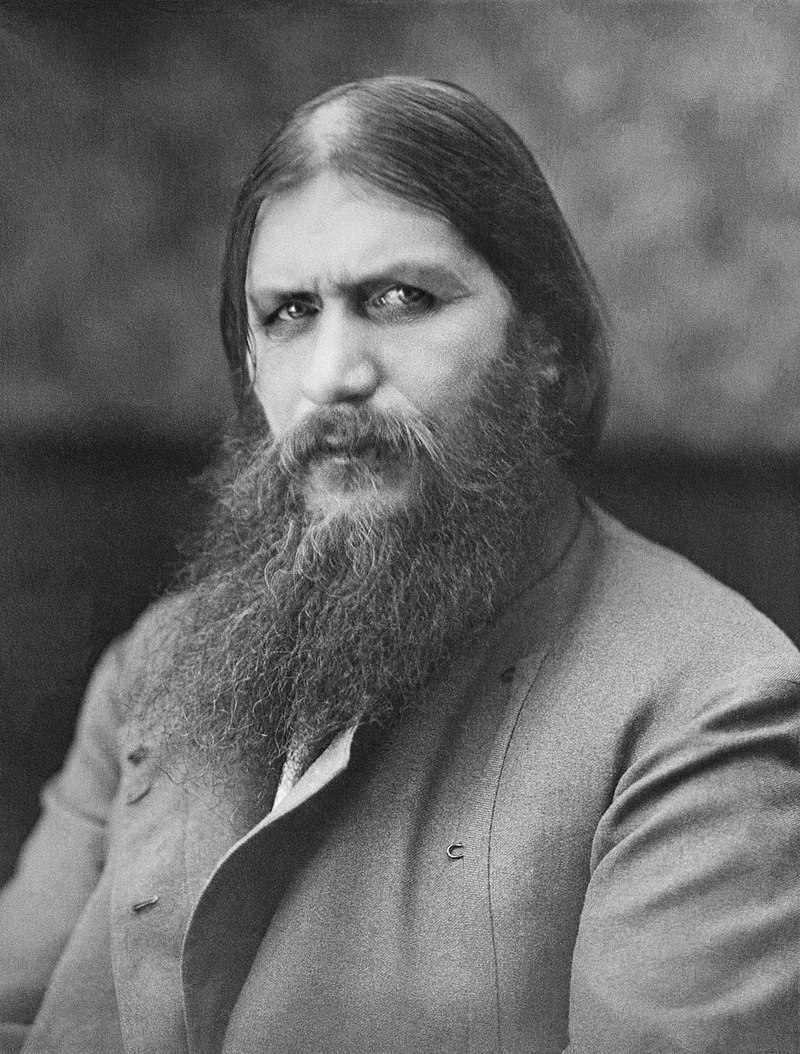
Grigori Yefimovich Rasputin; Credit – Wikipedia
Several times Rasputin appeared to have brought the hemophiliac Alexei back from the brink of death, which further cemented Empress Alexandra’s reliance on him. There were many rumors about the relationship of Rasputin with Alexandra and her children. Rasputin’s friendship with the imperial children was evident in some of the messages he sent to them. While Rasputin’s visits to the children were, by all accounts, completely innocent, the family was scandalized. Because of Anna’s connection to both Empress Alexandra and Rasputin, she also became the focus of growing public hostility.
During World War I, Anna was a nurse with the Russian Red Cross together with Empress Alexandra and her eldest daughters Olga and Tatiana. In January 1915, while traveling from Tsarskoye Selo to St. Petersburg, Anna Vyrubova was in a train accident. Her legs were crushed and her skull and spine were seriously injured. The doctors expected her to die and she received the last rites. When Rasputin heard about the accident, he immediately went to the hospital. He found Nicholas and Alexandra at Anna’s bedside. Rasputin took Anna’s hand and called out, “Annushka! Annushka! Annushka! Now wake up and rise!” Anna made an effort to get up. “Speak to me!” Rasputin then ordered. Anna spoke in a weak voice. Rasputin then proclaimed, “She will recover but she will remain a cripple.” For both Anna and Empress Alexandra, this was more proof of Rasputin’s miraculous powers. Anna remained physically disabled for the rest of her life, using a wheelchair or crutches.

Anna in a wheelchair with Grand Duchess Olga Nikolaevna in 1916; Credit – Wikipedia
After Rasputin was murdered on December 30, 1916, Anna received anonymous threats by mail. Fearing for Anna’s safety, Empress Alexandra had Anna moved from her cottage near Alexander Palace at Tsarskoye Selo, into the palace itself. When the imperial children became sick with measles in March 1917, Anna also became ill. After the February 1917 Revolution, Nicholas II, Emperor of All Russia abdicated on March 15, 1917. Nicholas and his family were held under house arrest first at the Alexander Palace at Tsarskoye Selo, and later at the Governor’s Mansion in Tobolsk, Siberia between August 1917 – April 1918. In April 1918, they were moved to the Ipatiev House in Yekaterinburg, Siberia. It was here on the morning of July 17, 1918, that the family and their servants were brought to a room in the basement and assassinated.
Still recovering from the measles, Anna was arrested on March 21, 1917, because of her closeness with the Imperial Family. Of her farewell with Empress Alexandra, Anna wrote in her memoirs, “The last thing I remember was the white hand of the Empress pointing upward and her voice saying, ‘There we will always be together.’” Anna was imprisoned for five months in the Peter and Paul Fortress in St. Petersburg on suspicion of espionage and treason and underwent numerous interrogations. Anna feigned a childish innocence during her interrogations. The investigators concluded that she was too naïve and unintelligent to have had any influence over Empress Alexandra and she was released.
Anna lived in obscurity in St. Petersburg, then called Petrograd and later Leningrad (1924–1991), reverting back to St. Petersburg after the fall of the Soviet Union. However, she was re-imprisoned several times. She became friendly with the writer Maxim Gorky who encouraged her to write her memoirs. Several times Anna received letters from Empress Alexandra during the Imperial Family’s house arrest at the Governor’s Mansion in Tobolsk, Siberia.

Anna in 1957; Credit – Wikipedia
In 1920, Anna and her mother escaped to Finland, where she spent the rest of her life, first in Viipuri (now Vyborg, Russia) and later in Helsinki. In Finland, Anna did write her memoirs as Maxim Gorky had suggested, Memoirs of the Russian Court, published in 1923 and still available. When World War II broke out, Anna was forced to flee Viipuri which was near the Soviet Union border because she feared for her life at the hands of the Soviets. After World War II, Anna once again tried to live in obscurity. She took vows as a Russian Orthodox nun but was permitted to live in her home because of her physical disabilities. In memory of her beloved friend Empress Alexandra, Anna wore the ribbon of a maid of honor until her death. Anna Alexandrovna Vyrubova died in Helsinki, Finland on July 20, 1964, four days after her 80th birthday. She was buried in the Russian Orthodox section of the Hietaniemi Cemetery in Helsinki, Finland.

Grave of Anna Alexandrovna Vyrubova; Credit – By Paasikivi – Own work, CC BY-SA 4.0, https://commons.wikimedia.org/w/index.php?curid=62148938
This article is the intellectual property of Unofficial Royalty and is NOT TO BE COPIED, EDITED, OR POSTED IN ANY FORM ON ANOTHER WEBSITE under any circumstances. It is permissible to use a link that directs to Unofficial Royalty.
Works Cited
- Atchinson, Bob, 2021. Anna Vyrubova – Blog & Alexander Palace Time Machine. [online] Alexanderpalace.org. Available at: <https://www.alexanderpalace.org/palace/Anya.php> [Accessed 10 January 2021].
- De.wikipedia.org. 2021. Anna Alexandrowna Wyrubowa. [online] Available at: <https://de.wikipedia.org/wiki/Anna_Alexandrowna_Wyrubowa> [Accessed 10 January 2021].
- En.wikipedia.org. 2021. Anna Vyrubova. [online] Available at: <https://en.wikipedia.org/wiki/Anna_Vyrubova> [Accessed 10 January 2021].
- Massie, Robert, 1967. Nicholas And Alexandra. New York: Random House.
- Ru.wikipedia.org. 2021. Вырубова, Анна Александровна. [online] Available at: <https://ru.wikipedia.org/wiki/%D0%92%D1%8B%D1%80%D1%83%D0%B1%D0%BE%D0%B2%D0%B0,_%D0%90%D0%BD%D0%BD%D0%B0_%D0%90%D0%BB%D0%B5%D0%BA%D1%81%D0%B0%D0%BD%D0%B4%D1%80%D0%BE%D0%B2%D0%BD%D0%B0> [Accessed 10 January 2021].







